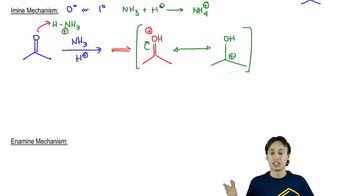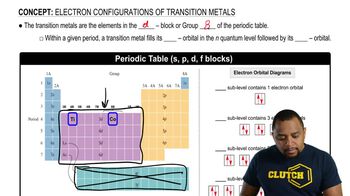Show how you would synthesize any of the standard amino acids from each starting material. You may use any necessary reagents.
(c)
 Verified step by step guidance
Verified step by step guidance Verified video answer for a similar problem:
Verified video answer for a similar problem:



 9:34m
9:34mMaster Peptides and Polypeptides with a bite sized video explanation from Johnny
Start learning